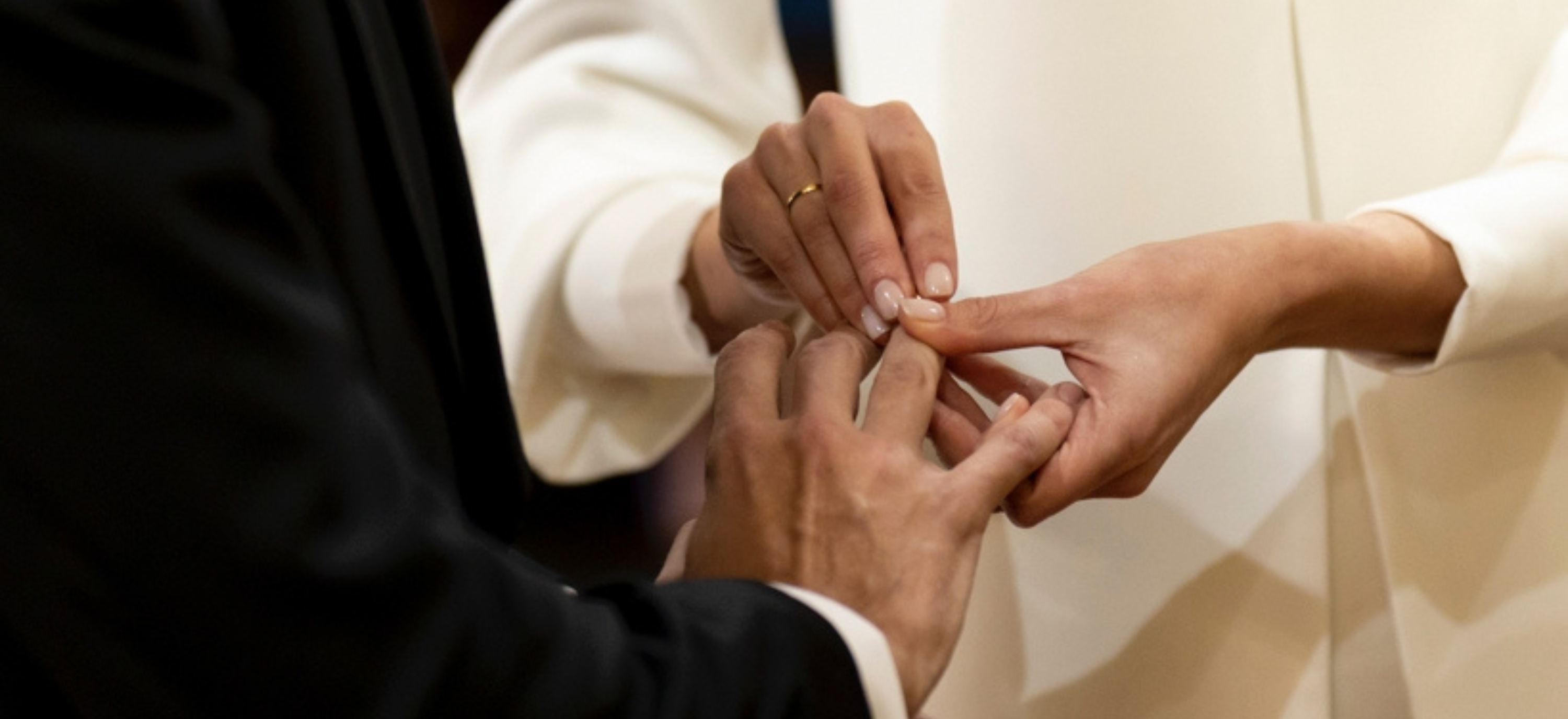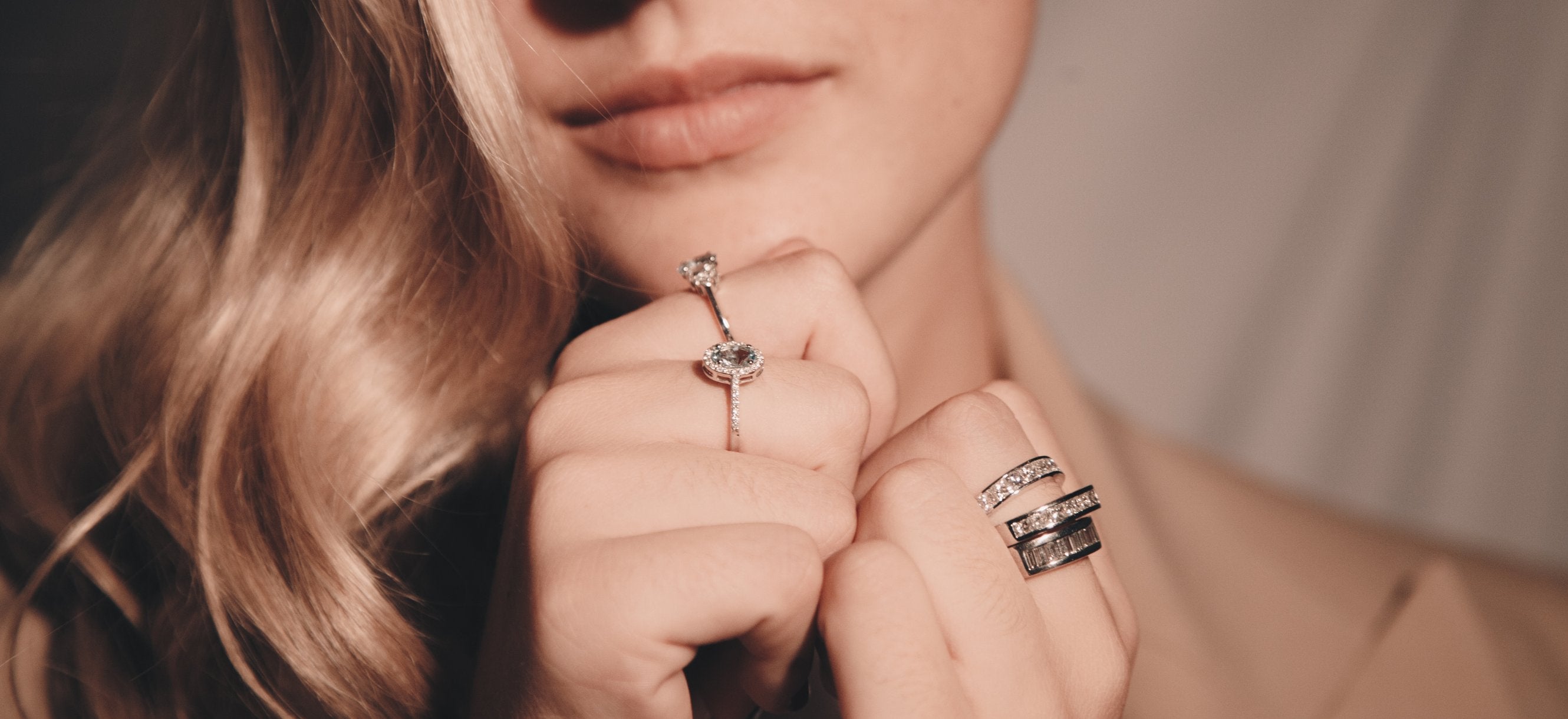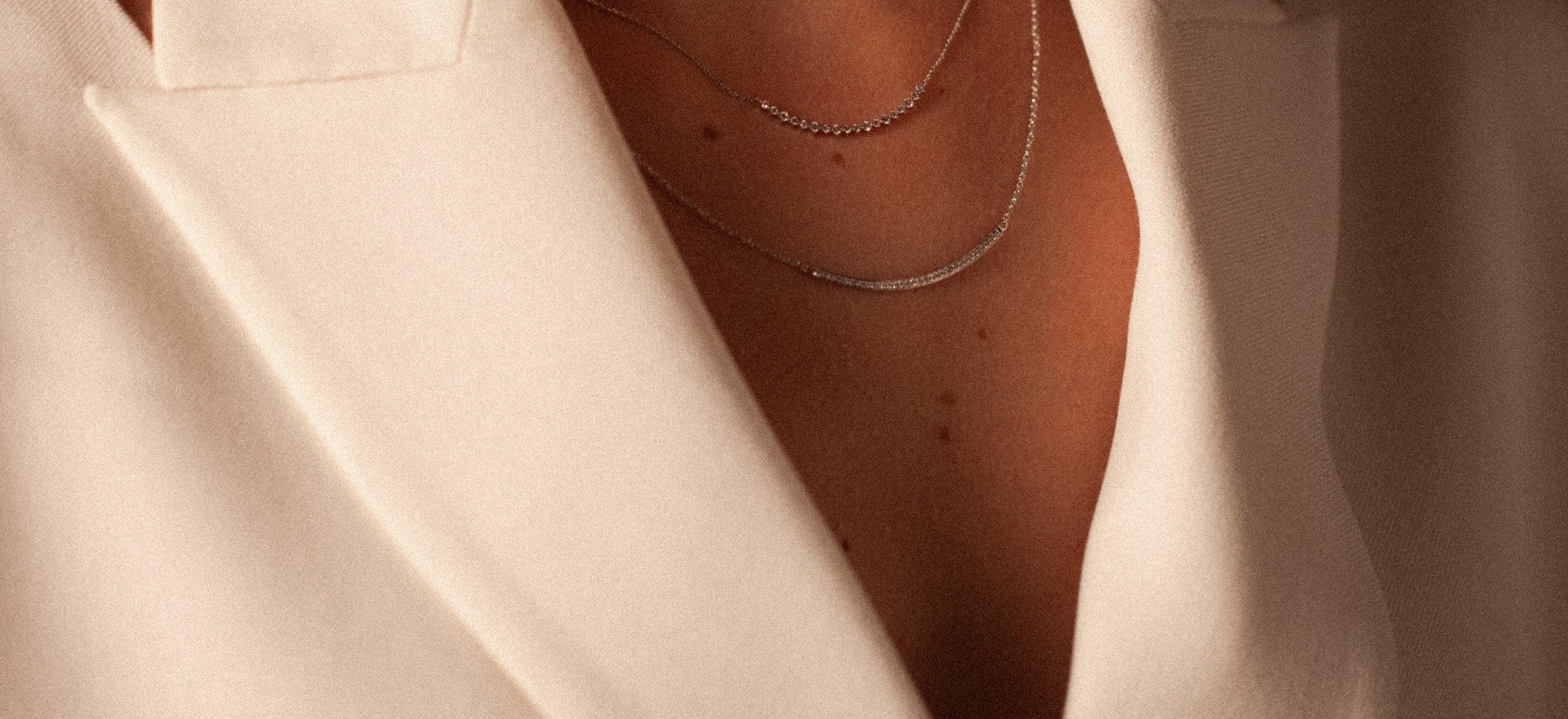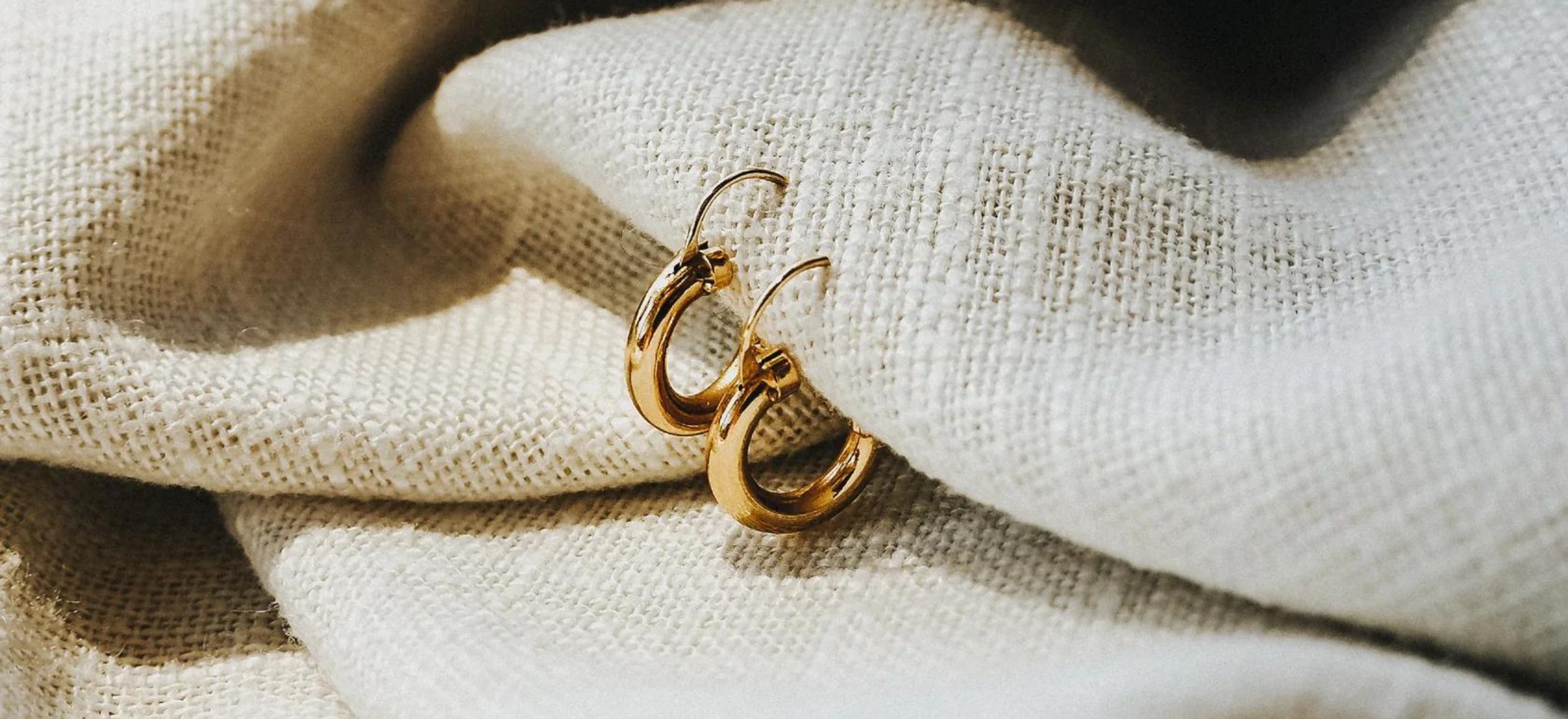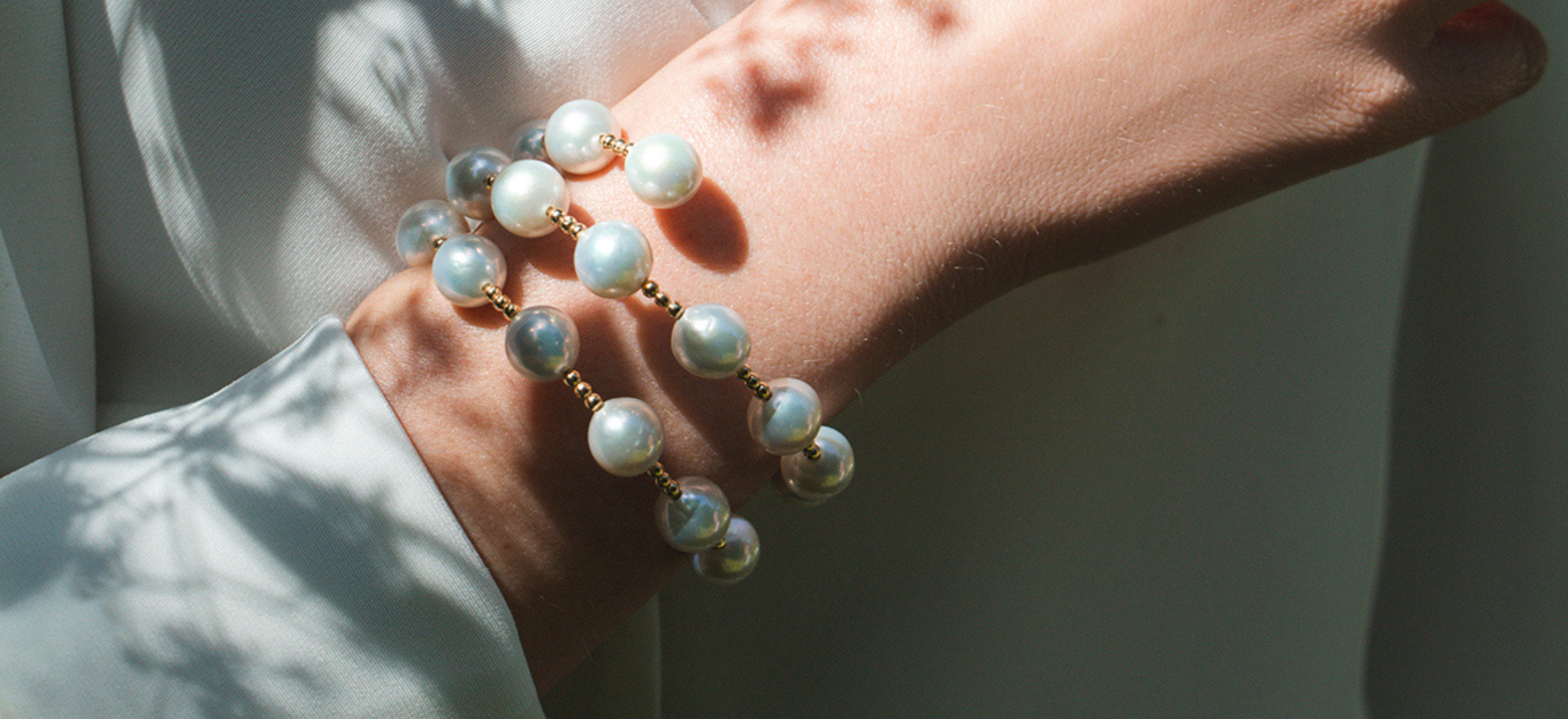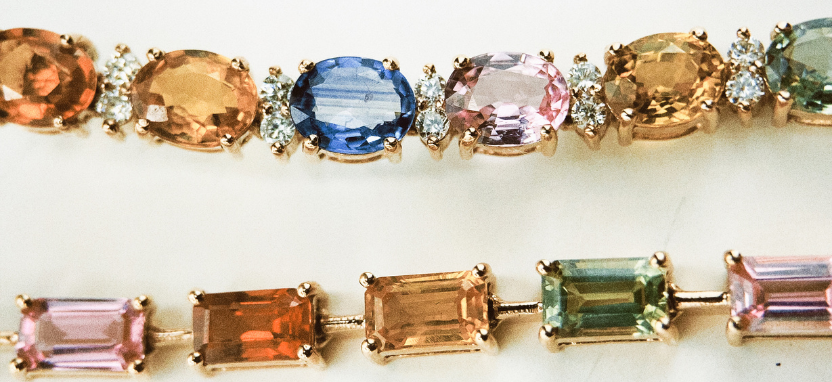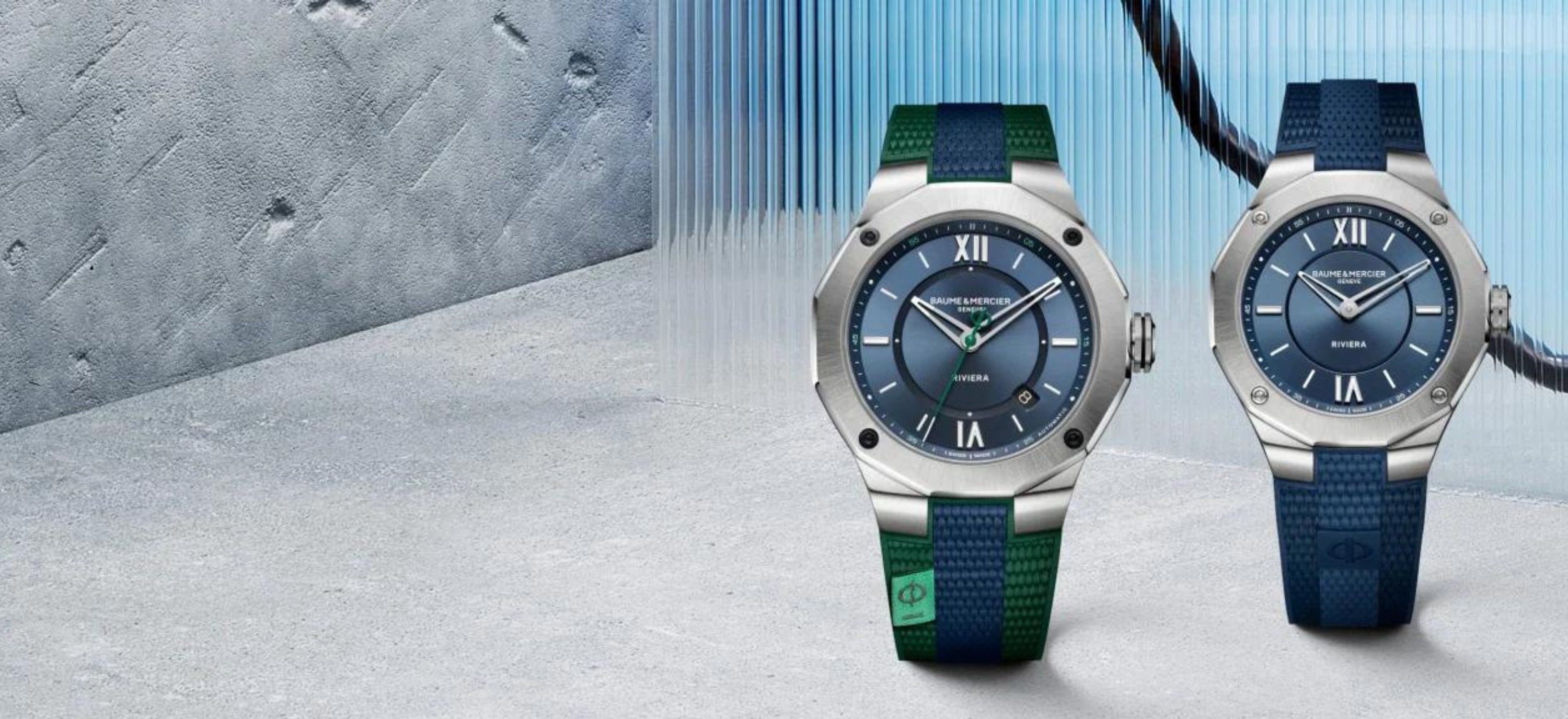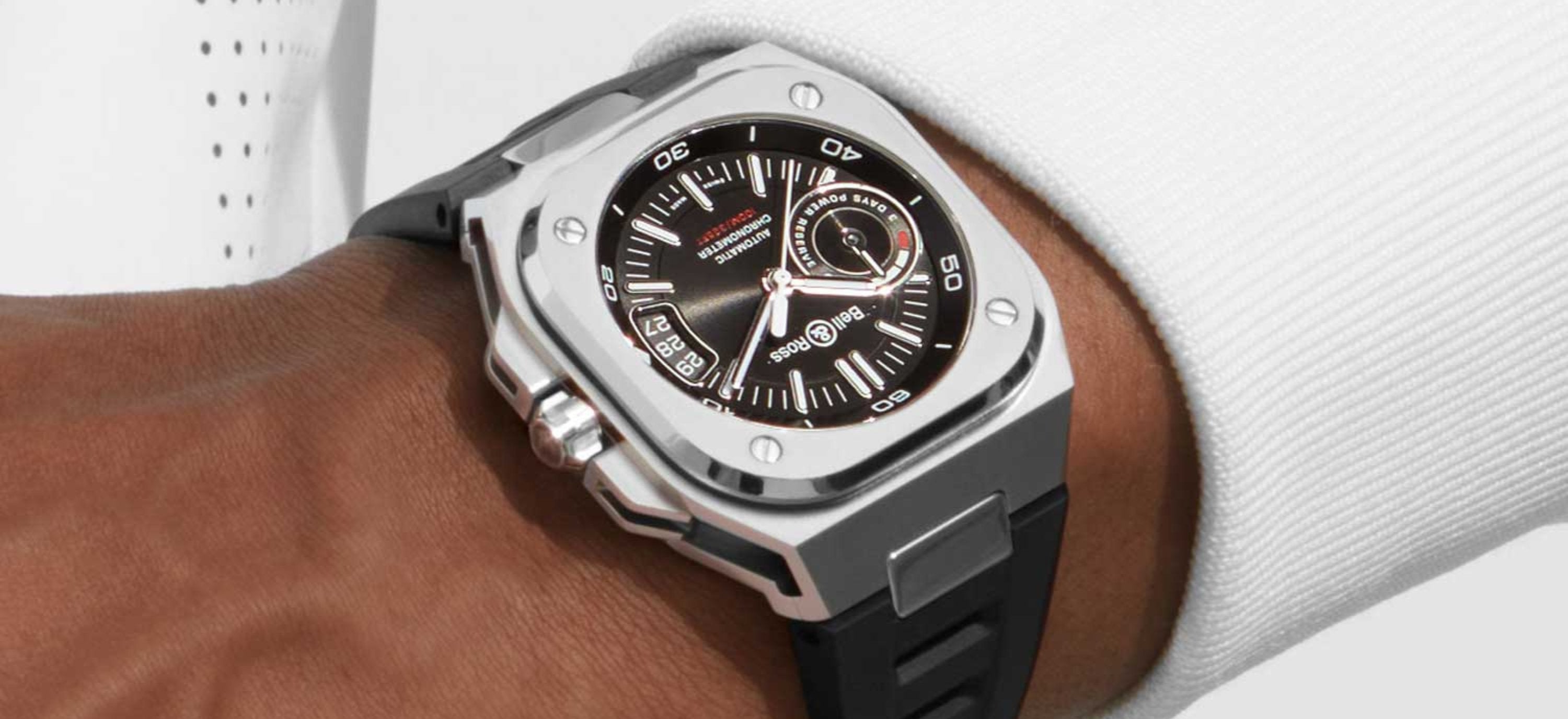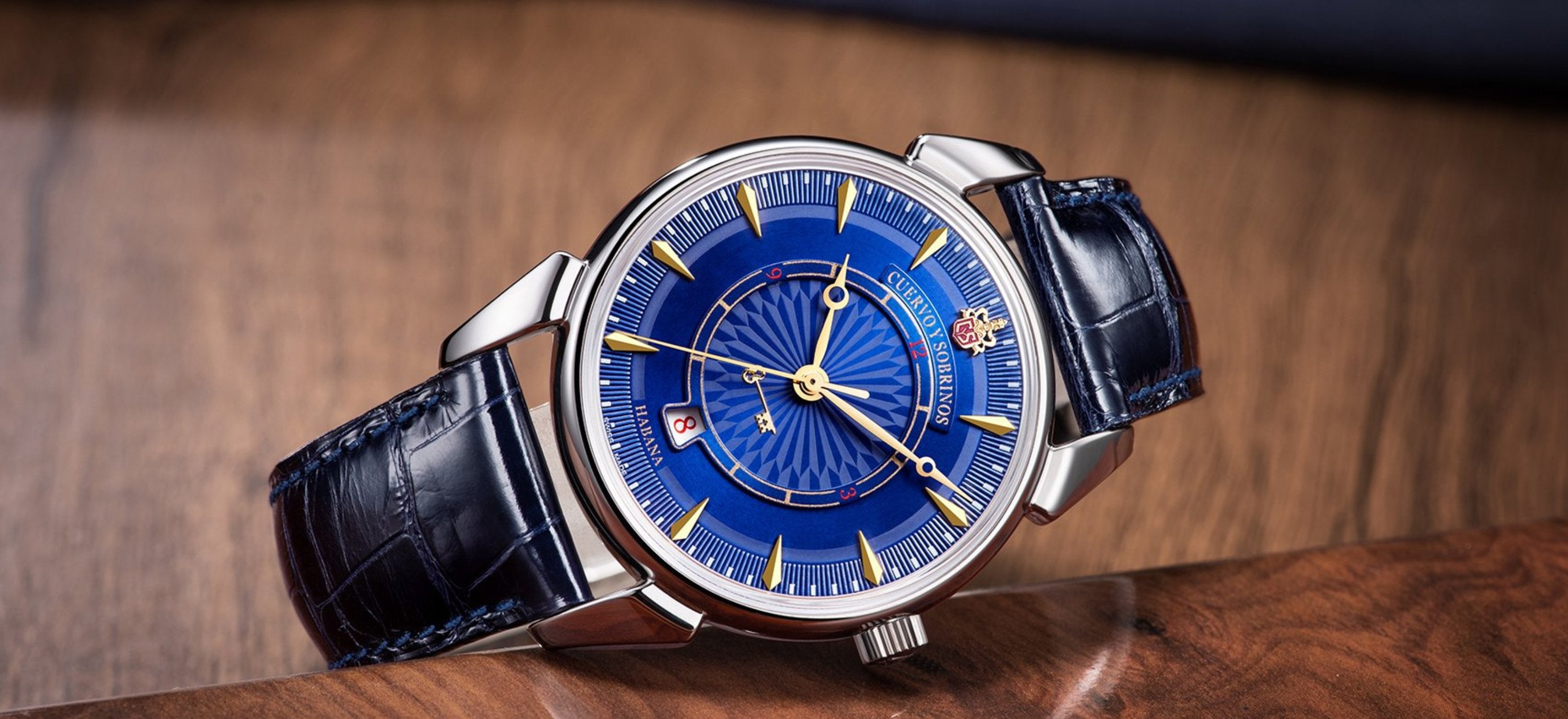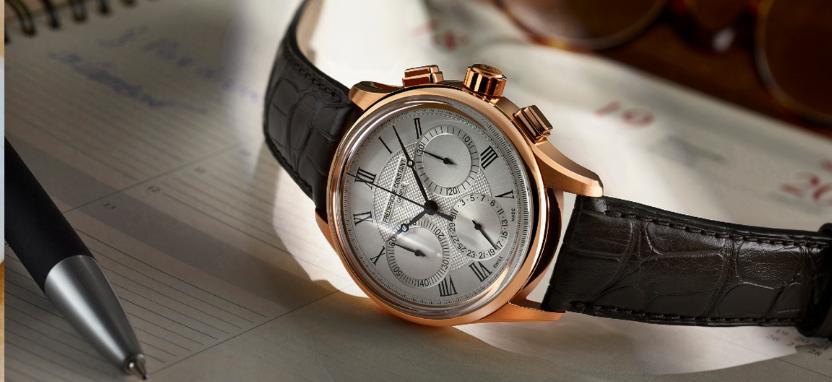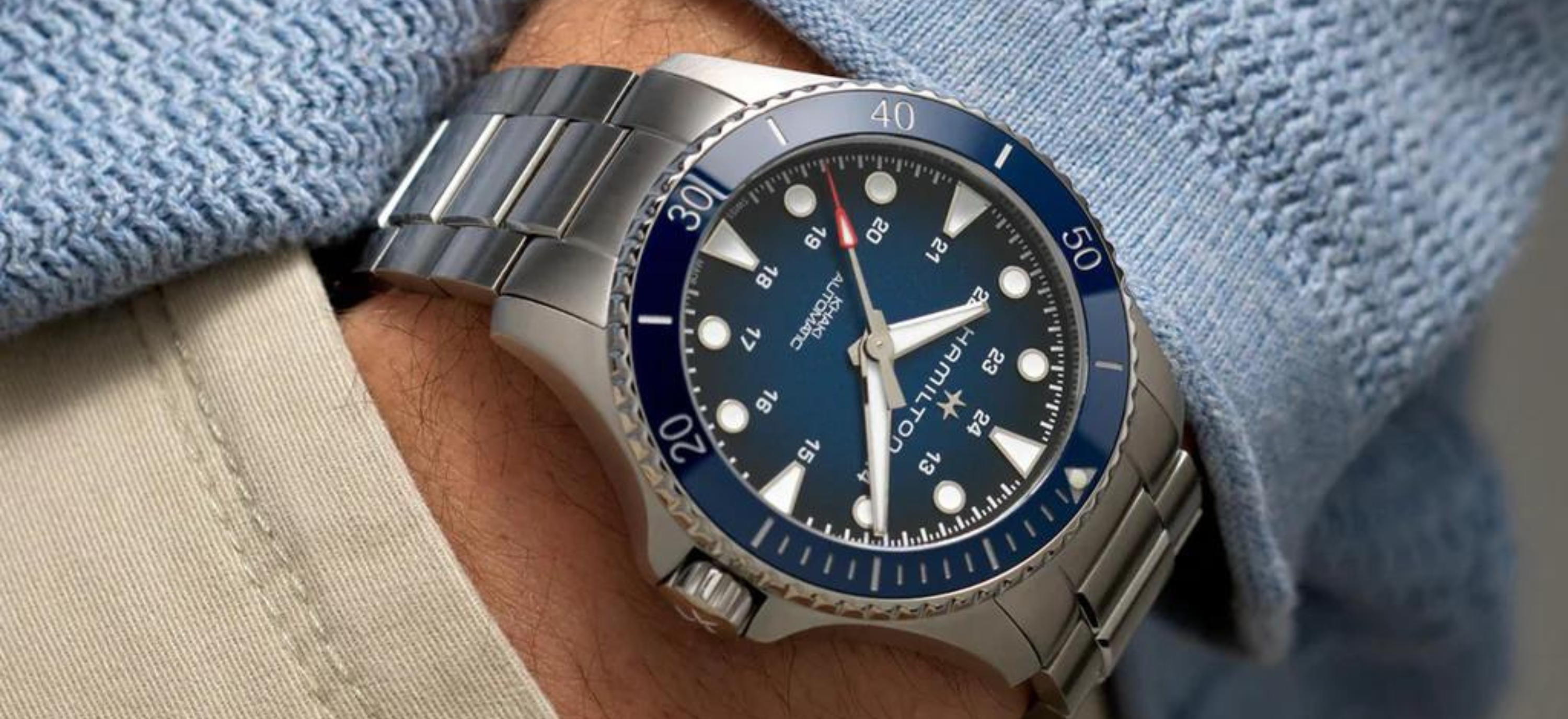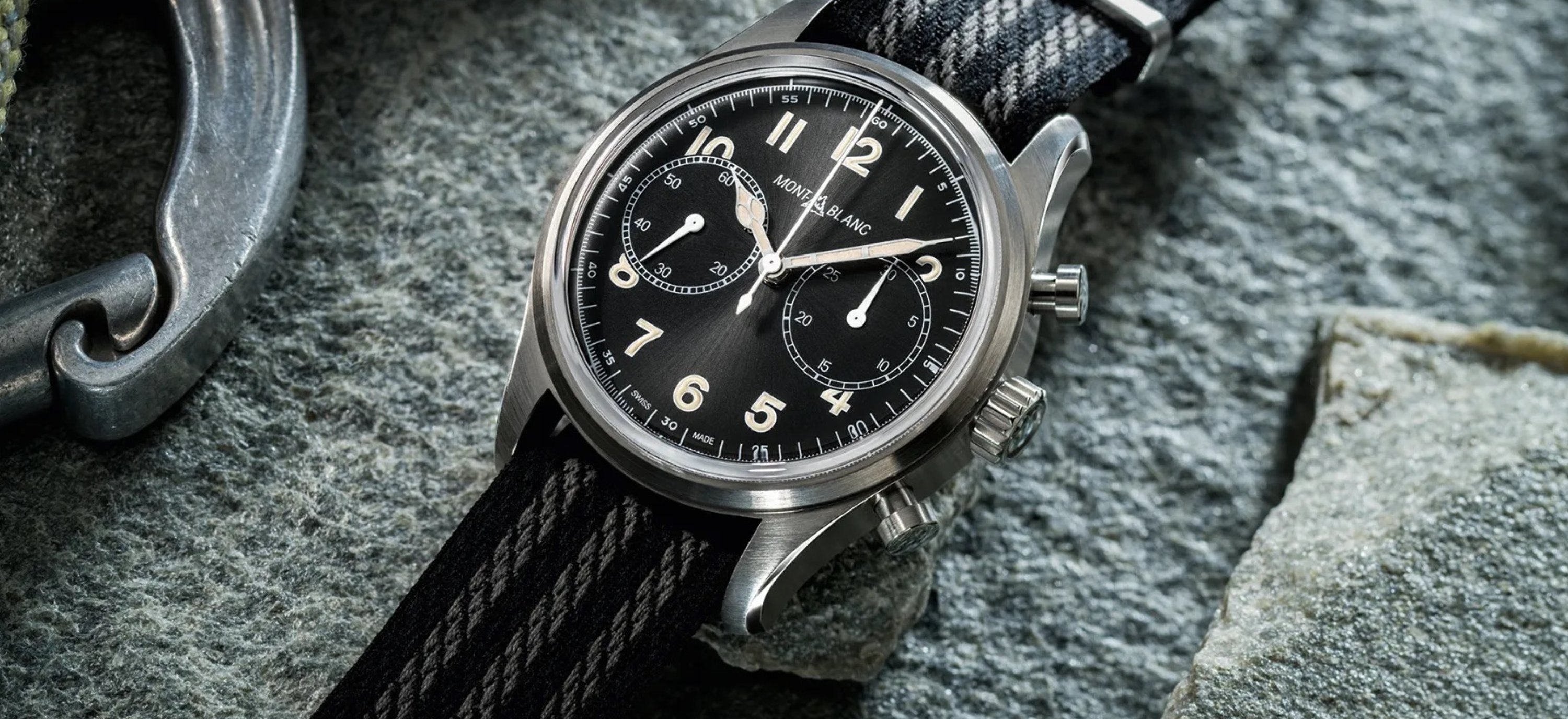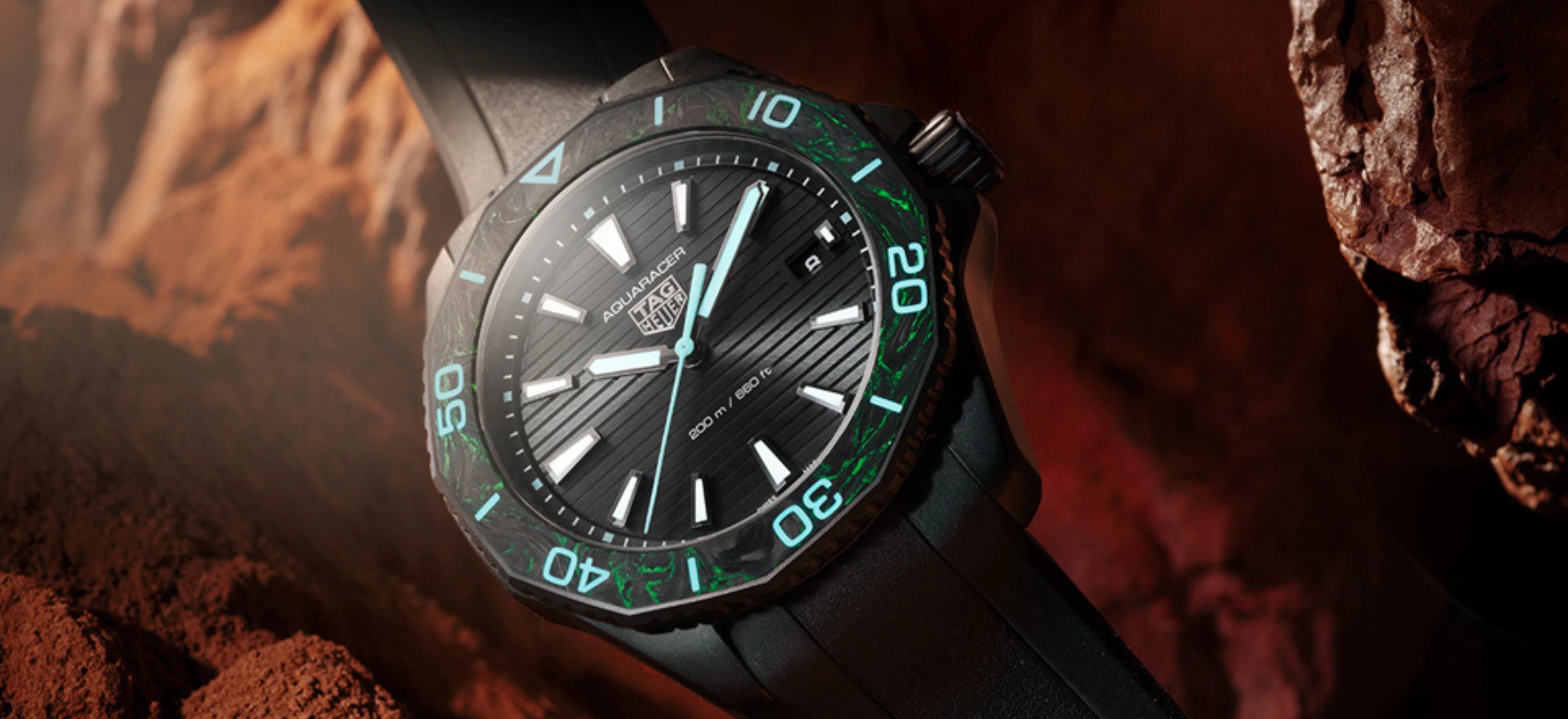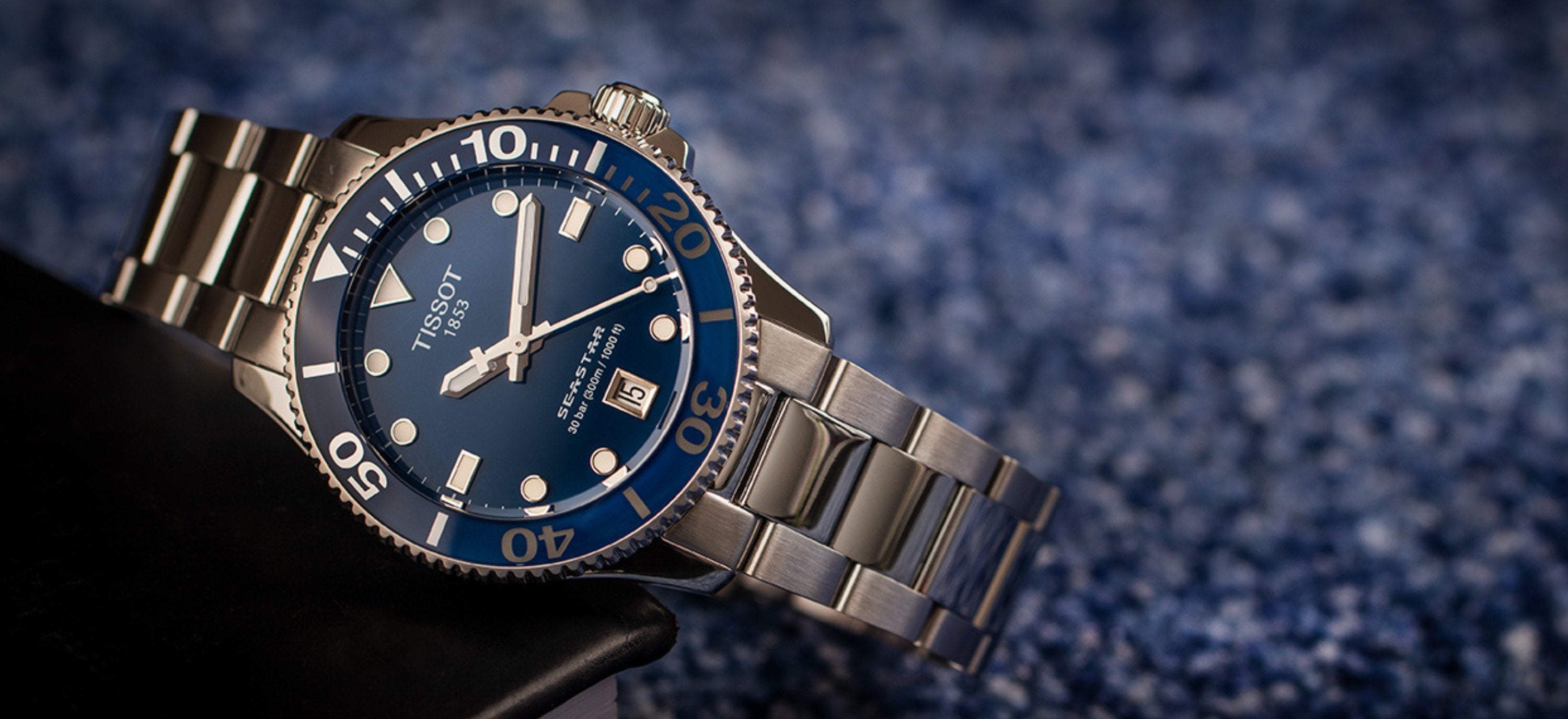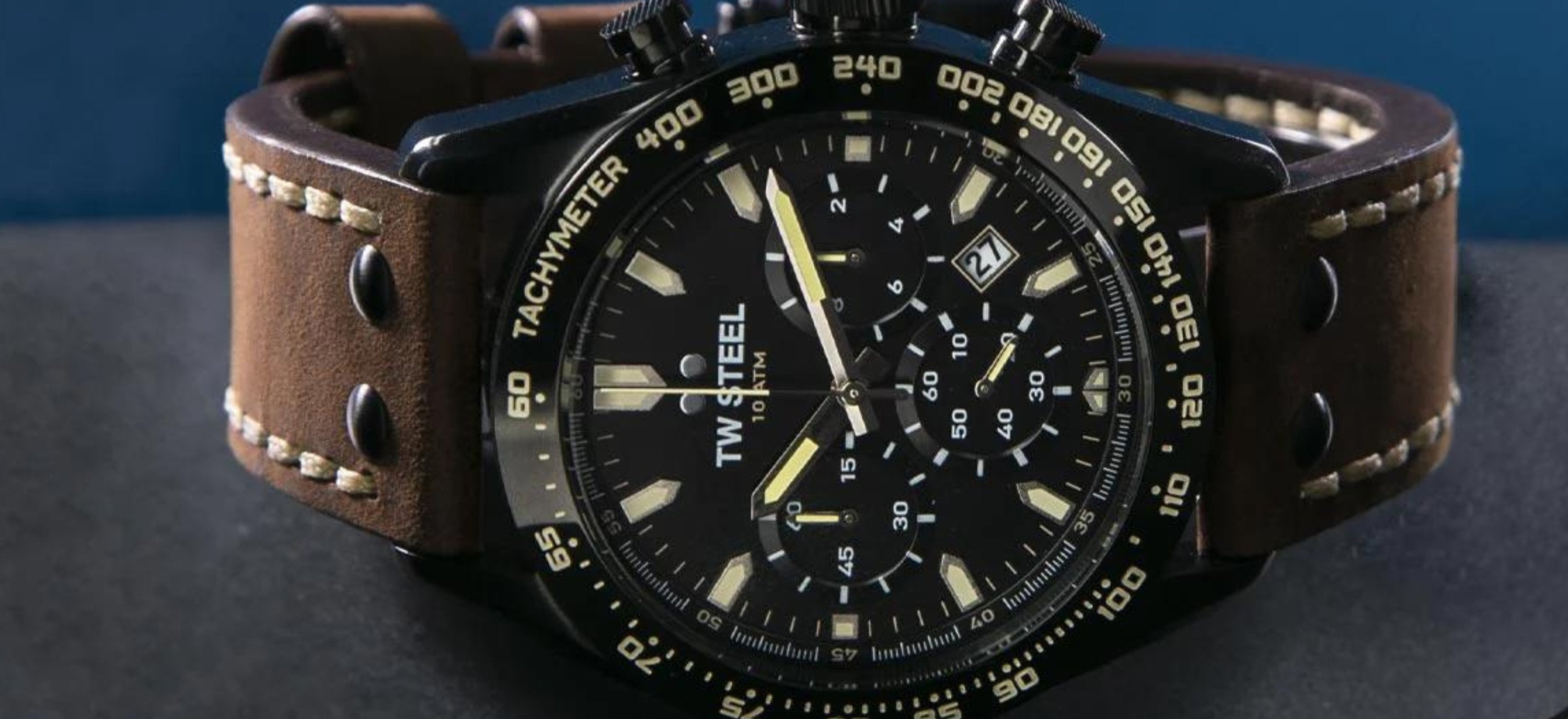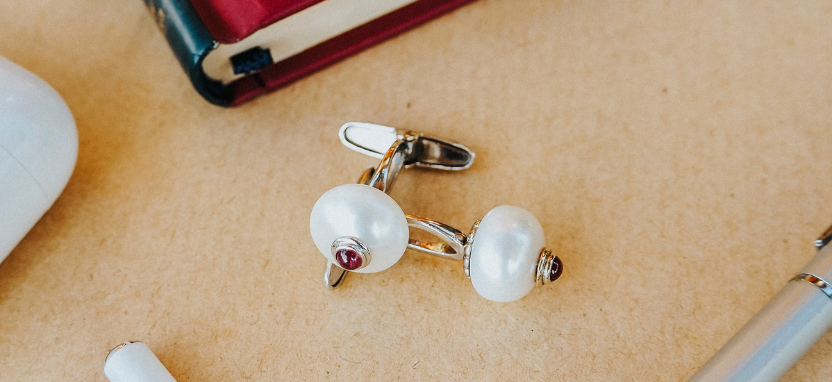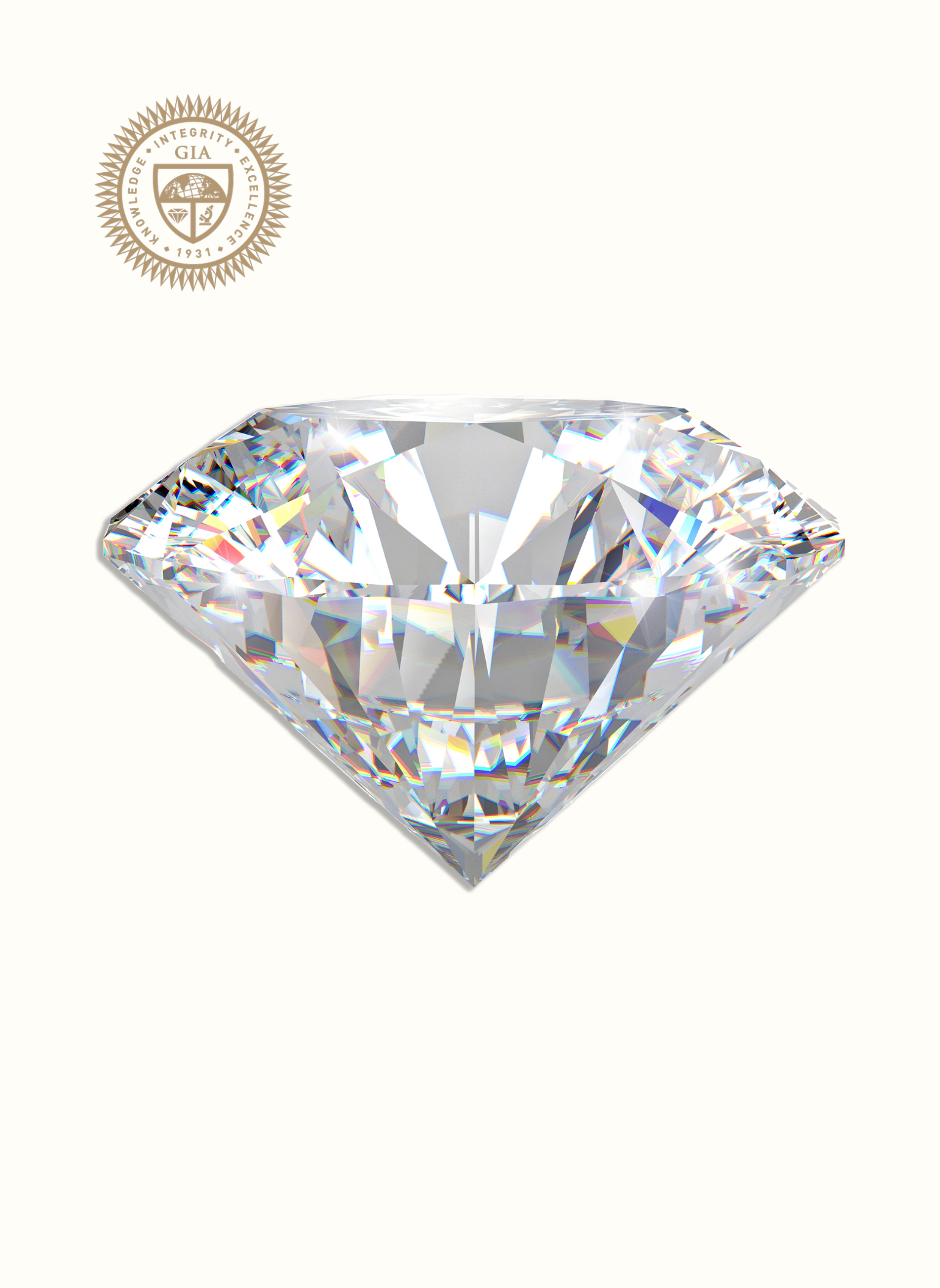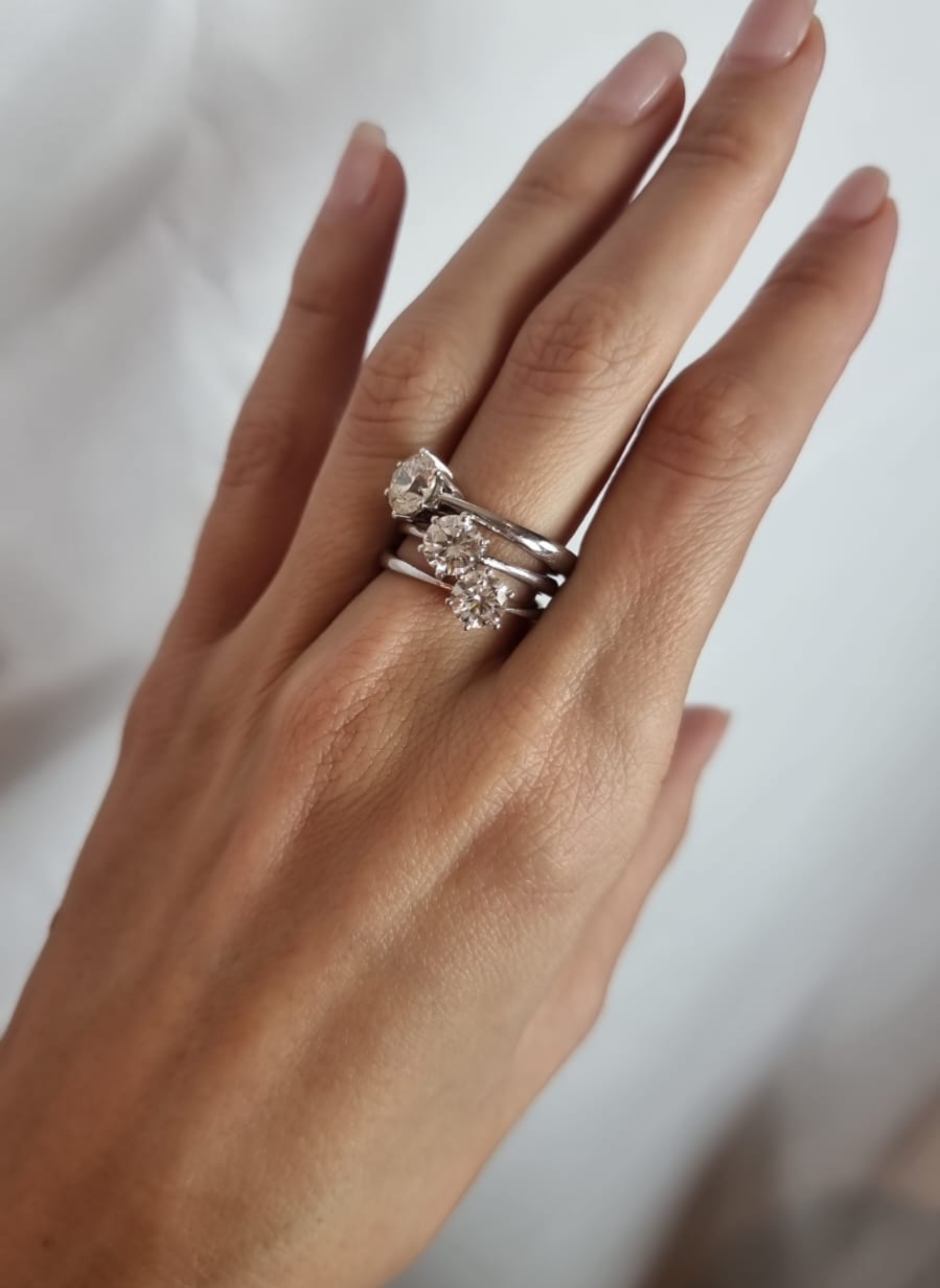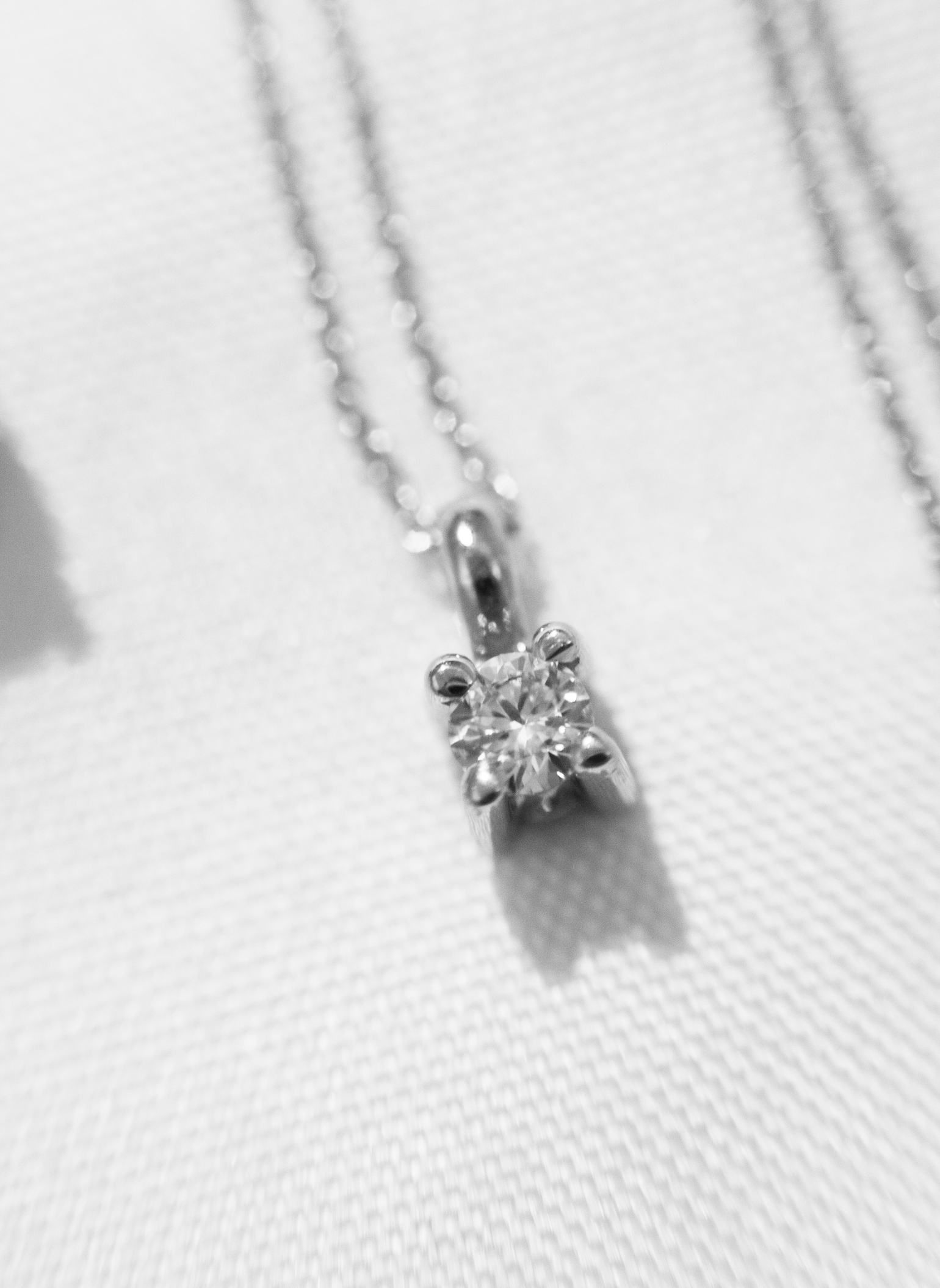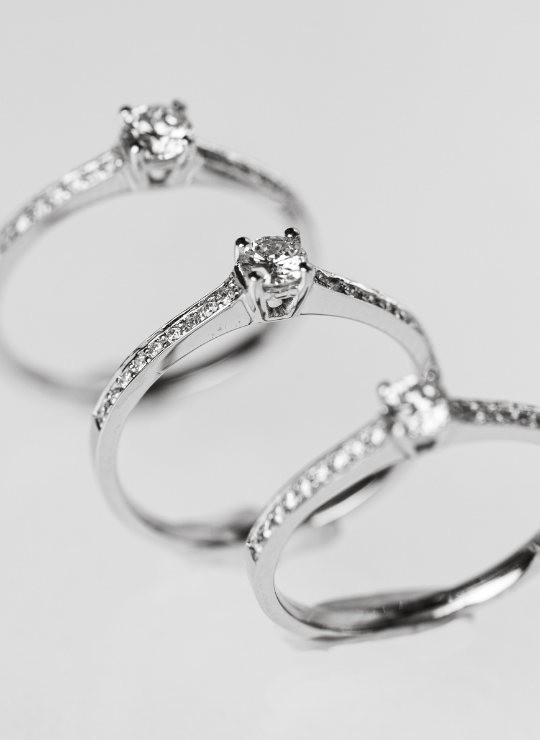Diamond Education
When searching for a diamond it is important to ensure that you are purchasing the right diamond based on the factors detailed below. Our guide will ensure you have everything you need to know when making the decision to buy a diamond.
Instead of grams or kilos, diamonds are weighed in carats (not to be confused with the karat (Karat) of gold which means purity).
This simply denotes a scale of measurement where each 1 carat = 0.2 grams (0.50 carat = 0.1 gram and 5 carats = 1 gram).
As the carat weight increases, so does the size of a diamond. However, confusingly, this relationship is not linear but rather a curve, so a 2.0ct diamond will not appear twice as large as a 1.0ct diamond as shown below.
Expert Tip #1
When comparing similar diamonds, try to look at the measurements. Some diamonds with similar weights can vary significantly in measurements. Choose the one with larger measurements and you will get a larger diamond surface for the same value.
Expert Tip #2
Certain diamond sizes are highly sought after (e.g. 0.50ct, 0.75ct, 1.0ct) and prices can vary drastically depending on carat weight. A 0.90ct diamond may be worth 10-20% better than a 1.0ct diamond of the same quality, and they may appear almost identical in size yet very different in price.
For white or colorless diamonds (as opposed to colored diamonds, which is a completely different story), the diamond industry has adopted an alphabetical color scale from D to Z, with D being the highest grade. As you go down the scale, the diamond begins to develop a yellow or brown tint.
Diamond experts determine color by comparing a diamond to a set of reference diamonds of different colors. Unless you compare the diamonds side by side, it is very difficult to see the difference between a D and a G.
Completely colorless diamonds (such as D and E) are much rarer than others, and for this reason have higher prices. The key question will always be, where to draw the baseline when choosing a diamond color: how far can you compromise on color before the diamond looks too tinted?
Expert Tip #1
For colorless diamonds, the differences between D and G are barely visible, and can offer 20 to 40% better value. D is generally more for the diamond investor or connoisseur.
Expert Tip #2
H-graded diamonds are often considered to be on the border between colorless and premium dyed graded diamonds, and therefore offer great value with no visible yellow or brown tints, unless compared next to a whiter diamond.
Expert Tip #3
Colors I and J will generally be towards the upper scale of white. But even at this scale, you will be able to detect slight yellow or brown tones when the stone is viewed from multiple angles. 77 Diamonds highly recommends preferring GIA only for these color grades, as any other certificate in this range will likely fall short of your color expectations.
Expert Tip #4
K and L are acceptable on a GIA certificate in terms of shades, in case you want to compromise on shade to achieve a larger stone size, and maximize your budget. 77 Diamonds strongly recommends setting these diamonds in yellow or rose gold jewelry so that the diamond appears less tinted.
When diamonds are formed underground, under extreme pressure and heat, imperfections can form in the crystal structure and certain mineral impurities can become trapped within the stone.
The size of these impurities and imperfections determines a diamond's clarity rating. Diamonds without such impurities are very rare.
The scale of purity grades starts from No Defects or Inclusions/No Internal Inclusions (FL/IF), Very Very Light Inclusions (VVS1/VVS2), Very Light Inclusions (VS1/VS2), Light Inclusions (SI1/SI2) to Inclusions Visible (I1, I2 and I3).
In general, it is likely that diamonds below a VS2 grading may have inclusions visible to the naked eye, however, this differs from stone to stone.
From the classic and versatile Round Brilliant, which accounts for more than half of the diamonds sold today, to the unusual and eccentric Marquise cut, which evokes the glory of the golden age.
Beyond the fact that each shape is specifically tailored to an individual or personal taste, each shape is also meticulously and mathematically cut to highlight a diamond's best features.
Use collapsible tabs for more detailed information that will help customers make a purchasing decision.
Ex: Shipping and return policies, size guides, and other common questions.
Also known as a diamond grading report, dossier, diamond report or diamond quality certificate. The report is created by gemologists who evaluate the characteristics, value and identity of the diamond, which is confirmed in the certificate.
The best-known certification houses are the following:
- THE GEMOLOGY INSTITUTE OF AMERICA (GIA)
- THE DIAMANTE HIGHER COUNCIL - HOGE RAAD VOOR DIAMANTE (HRD)
- THE INTERNATIONAL GEMOLOGY INSTITUTE (IGI)
- THE EUROPEAN GEMOLOGICAL LABORATORY (EGL)
